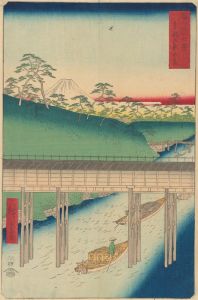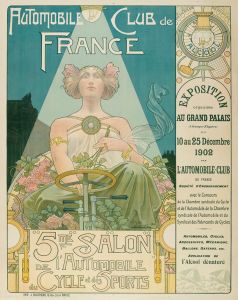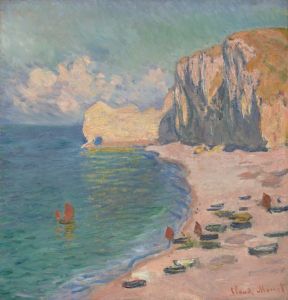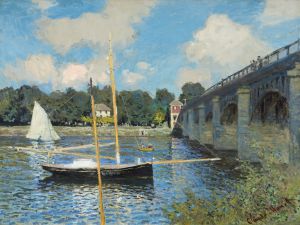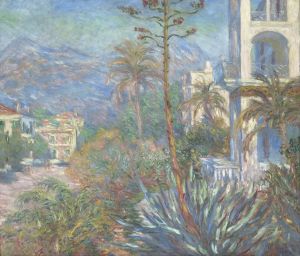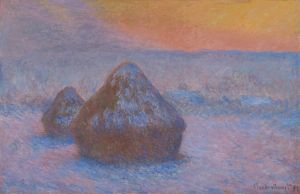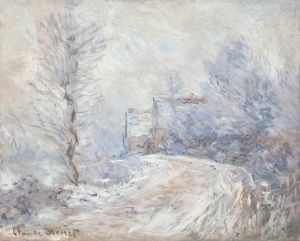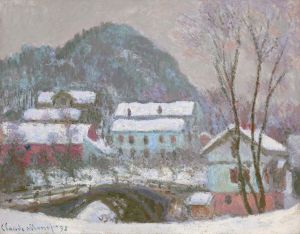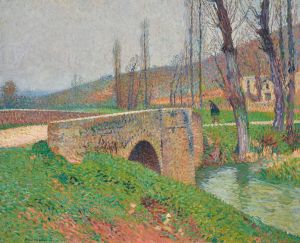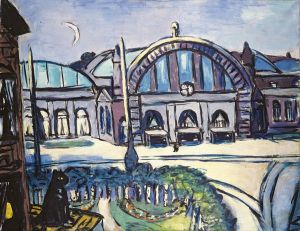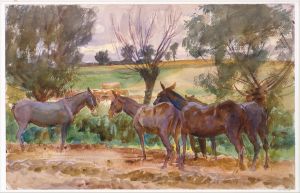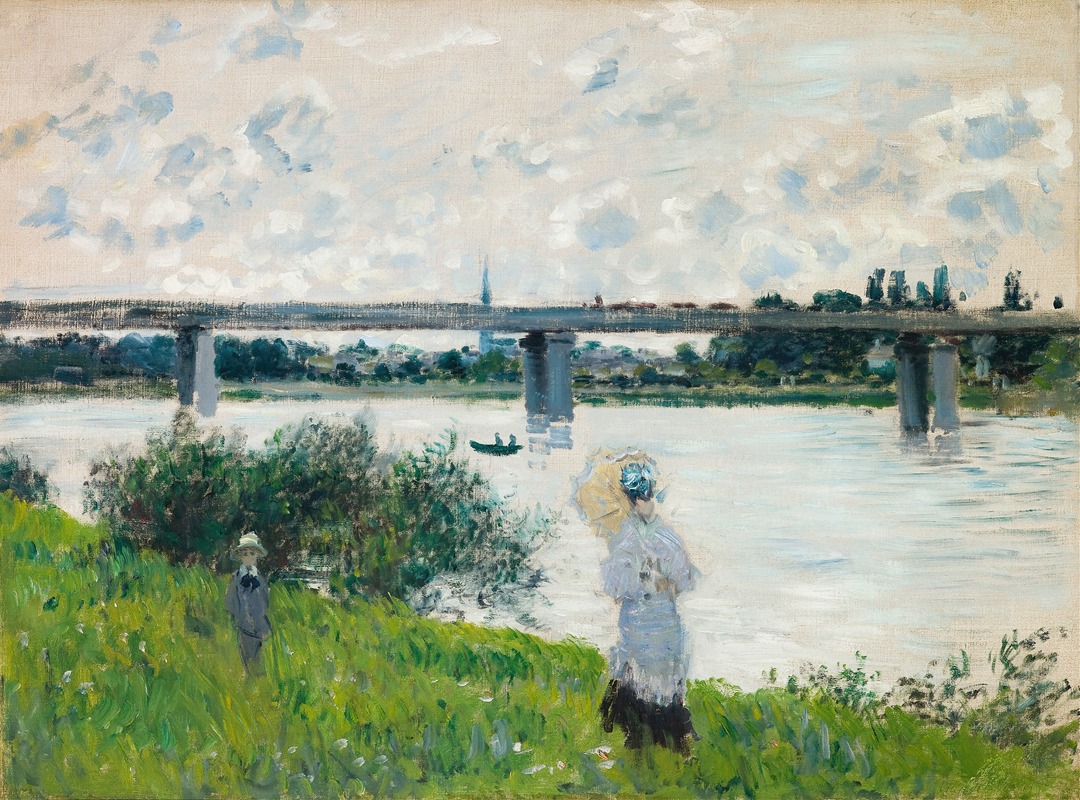
The Promenade with the Railroad Bridge, Argenteuil
A hand-painted replica of Claude Monet’s masterpiece The Promenade with the Railroad Bridge, Argenteuil, meticulously crafted by professional artists to capture the true essence of the original. Each piece is created with museum-quality canvas and rare mineral pigments, carefully painted by experienced artists with delicate brushstrokes and rich, layered colors to perfectly recreate the texture of the original artwork. Unlike machine-printed reproductions, this hand-painted version brings the painting to life, infused with the artist’s emotions and skill in every stroke. Whether for personal collection or home decoration, it instantly elevates the artistic atmosphere of any space.
Claude Monet's painting The Promenade with the Railroad Bridge, Argenteuil is a notable work created during his time in Argenteuil, a town near Paris where he lived from 1871 to 1878. This period was particularly significant in Monet's career, as it marked his deep engagement with the Impressionist movement, which he helped to pioneer. The painting is believed to have been completed around 1874, a year that coincided with the first Impressionist exhibition in Paris.
The artwork depicts a serene scene along the Seine River, with a railroad bridge crossing the water in the background. The bridge, a modern industrial structure, contrasts with the natural beauty of the surrounding landscape, reflecting Monet's interest in capturing the coexistence of nature and human-made elements. In the foreground, a figure or figures are seen walking along the riverbank, adding a sense of life and movement to the composition. This inclusion of human activity is characteristic of Monet's works from this period, as he often sought to portray the interactions between people and their environment.
Monet's use of light and color in The Promenade with the Railroad Bridge, Argenteuil exemplifies the Impressionist style. The painting captures the effects of sunlight on the water and the landscape, with loose, visible brushstrokes that convey a sense of immediacy and atmosphere. The reflections in the water and the play of light on the bridge and surrounding foliage demonstrate Monet's mastery of capturing fleeting moments in nature.
The railroad bridge itself was a prominent feature of Argenteuil during Monet's residence there. It symbolized the rapid industrialization of the 19th century and the growing connectivity brought about by rail travel. Monet frequently included such modern elements in his works, blending them seamlessly with natural settings to create compositions that were both contemporary and timeless.
Today, The Promenade with the Railroad Bridge, Argenteuil is recognized as an important example of Monet's exploration of modernity and his innovative approach to landscape painting. The painting is housed in the collection of the Musée d'Orsay in Paris, which is home to many masterpieces of Impressionist and Post-Impressionist art.






